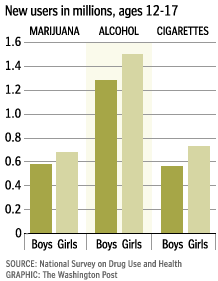What were the best ads from the superbowl this year? Turns out that there were many different way to rank them: voting on the internet, voting as they were watched, number of times they were viewed, (and my favorite) how the viewer's brain reacted.
If you haven't seen them yet, you can watch them all over at Google Video.
Viewer voting at spotbowl.com:
1. Fed Ex - Caveman
2. Bud Light - Hidden Fridge
3. Bud Light - Grizzly Bear
4. Budweiser - Junior Clydesdale
5. Bud Light - Employee Incentive
The Tivo rankings based on the number of times the ads were watched:
1. Ameriquest - Friendly Skies
2. Ameriquest - That Killed Him
3. Budweiser - Streaking Sheep
4. Fed Ex - Caveman
5. Michelob - Touch Football
USA Today's Ad Meter Ranking based on voting as people watched them:
1. Bud Light - Hidden Fridge
2. Budweiser - Junior Clydesdale
3. FedEx - Caveman
4. Sierra Mist - Airport Security
5. Bud Light - Roof Top Fix-it Guys
The UCLA Ahmanson-Lovelace Brain Mapping Center ratings based on how the brains of viewers reacted:
1. Disney - NFL Dreamers
2. Sierra Mist - Airport Security
More explanation as to how they did the ranking (click the link for pictures of people's "brains on ads").Our results show that the overwhelming winner among the Super Bowl ads is the Disney - NFL "I am going to Disney" ad. The Disney ad elicited strong responses in orbito-frontal cortex and ventral striatum, two brain regions associated with processing of rewards. Also, the Disney ad induced robust responses in mirror neuron areas, indicating identification and empathy. Further, the circuit for cognitive control, encompassing anterior cingulate cortex and dorsolateral prefrontal cortex, was highly active while watching the Disney ad. We consider all these features positive markers of brain responses to the ad. In second place, the Sierra Mist ad, activated the same brain regions but less so than the Disney ad.
However, the three biggest flops seem to be the Burger King ad, the FedEx ad, and the GoDaddy ad.
In case you were wondering how much your time is worth to the advertisers, here is my breakdown. Each 30-second time slot cost $2.5 million. There were 91 million viewers. For each commercial they are paying $.27 per person that watches it. For each hour of commercials that one person watches, that comes to $3.30. Not quite minimum wage, but then again these ads are a whole lot more fun to watch (then again, maybe not).
Read More...
Summary only...










